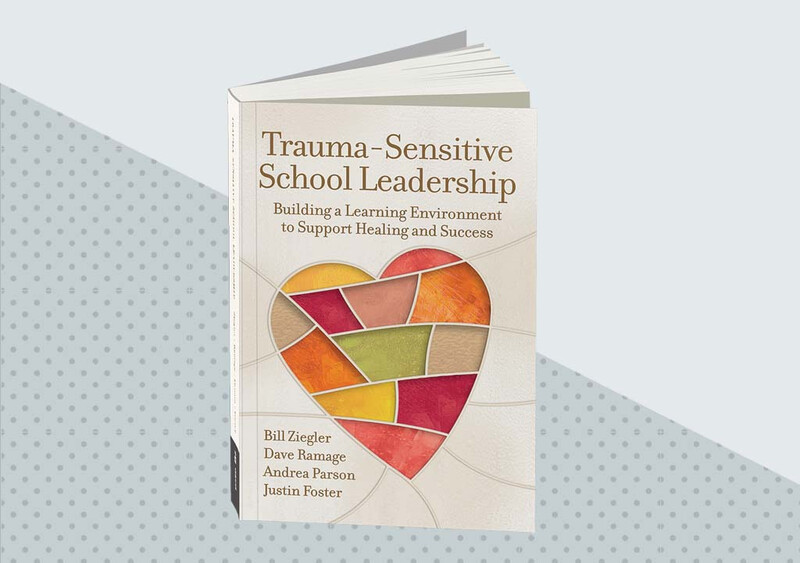School leaders aim to foster supportive learning communities for all of their students, but those who are experiencing trauma might have especially acute needs. The best way for leaders to create safe and accessible environments for these young learners is to focus on relationships and weave support initiatives into every aspect of life at school.
That's according to authors Bill Ziegler, Dave Ramage, Andrea Parson, and Justin Foster in their 2022 book, Trauma-Sensitive School Leadership (ASCD). While there is no secret ingredient to helping students with trauma feel more comfortable and secure at school, there are strategies that can contribute to a safer learning environment overall. These writers present six steps that can guide school leaders on how to care for kids experiencing trauma, in ways that support their learning and growth.
1. Connect every student with a caring adult. Trauma-affected students have more relationship challenges to sift through than most of their peers, the authors write. Through a process known as "relationship mapping," school leaders can identify willing and enthusiastic staff members who check in daily with these children and track how their emotional well-being develops over time. Not only does this approach provide students with a go-to supportive adult, it also accrues valuable data about their social-emotional needs.
2. Focus on mindfulness. Leaders can encourage both teachers and students to take time each day, even for just a few minutes, to set aside anxiety-inducing distractions and focus on meditation, breathing exercises, or apps that help calm unwieldy emotions. Sometimes this even requires principals or administrators to assume leadership of a class for a few minutes while a teacher takes a mindfulness pause. Check-ins between teachers or leaders and students are another opportunity to practice mindfulness exercises together.
3. Build on-ramps for students. To help students avoid frustration and "stalling out" in a particular lesson, educators and leaders must invest in relationships through small moments of connectedness. That might involve taking time to ask students about their home lives; what kind of time they have outside of class to, say, complete homework or study for a test; and what they're most looking forward to in or out of school. When students feel comfortable and accepted as whole people, they're more likely to engage in learning.
4. Establish clear routines. A routine can provide stability and security to a learning environment. Leaders should consider adopting routines that foster relationships, such as greeting staff and students every morning or encouraging teachers to assign specific classroom roles and responsibilities, such as distributing papers or feeding the fish, to particular students. Another useful routine involves a leader identifying staff members she or he will deliberately get to know better and making a point of chatting with those people informally for at least a few minutes every day for a week or two.
5. Give students voice and choice. Encouraging students to self-advocate and providing them with choices for their assignments and assessment, when possible, can empower students and build their confidence. Leaders can also meet directly with students to seek feedback on their school experiences and learning needs.
6. Build in safeguards. Leaders can also create ways for students to tell a school adult about the needs of their classmates through school-created anonymous tip lines or hotlines. These resources allow students to speak up when they notice one of their peers is struggling and help leaders focus on children facing more immediate emotional or academic challenges.
While each of these strategies holds significant benefits for students facing trauma, leaders should remember, the authors note, that these initiatives work in concert with one another. When principals and administrators create an entire school culture built on relationships and multiple levels of emotional and academic support, they ensure all students have a well-established path toward learning and growth.
Trauma-Sensitive School Leadership: Building a Learning Environment to Support Healing and Success
What do "trauma-sensitive" practices look like on a day-to-day basis?










